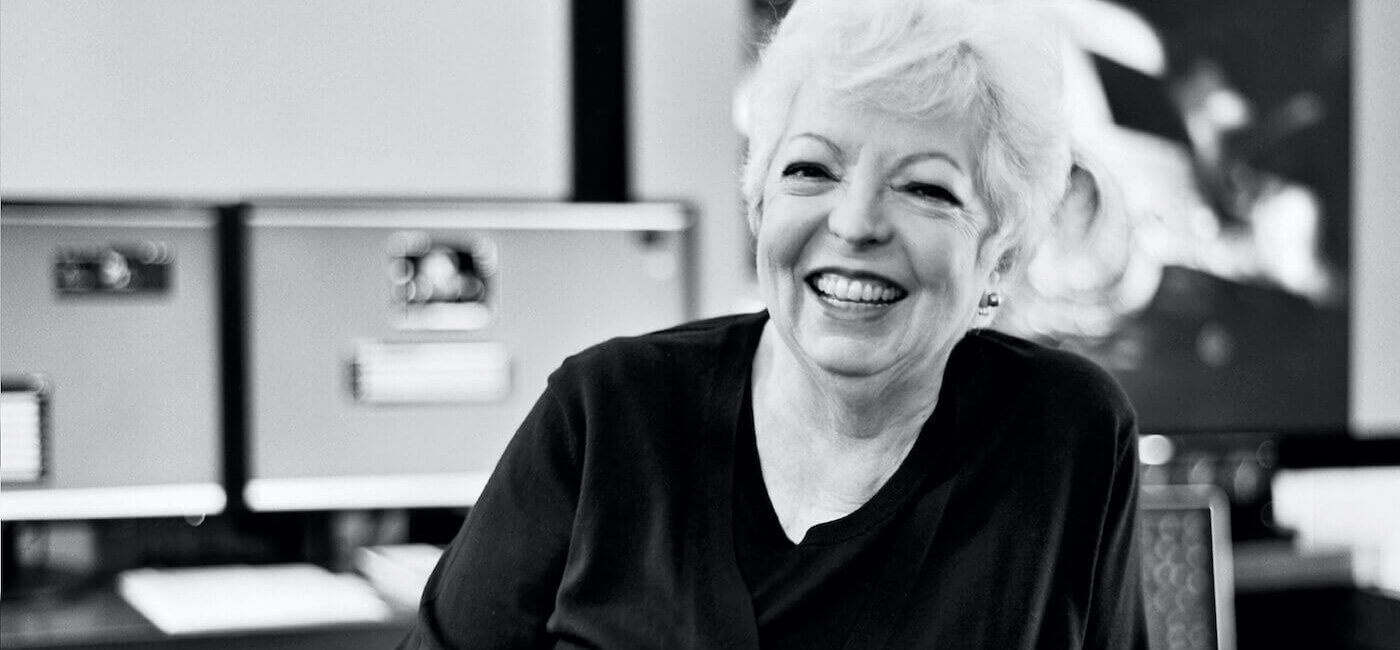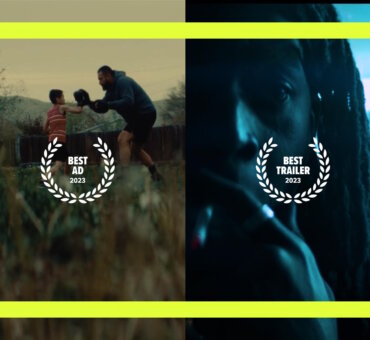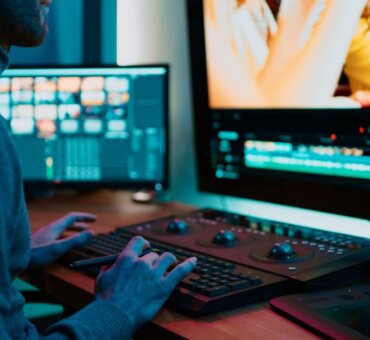The editors behind a film might be the most under-celebrated aspect of the filmmaking process. They almost never get the interviews, the awards, the higher pay, or the nice office. Instead, they’re stuck working incredibly long hours in (very) dark rooms.
Even more so as a woman in the film industry. Not many people talk about how women—particularly female editors—were instrumental in some of the biggest booms in film history. For every Martin Scorsese, there’s a Thelma Schoonmaker who’s steering the ship towards cinema greatness.
So, as we celebrate Women’s History Month, we thought it’d be a great time to appreciate the women who’ve shaped our favorite medium into what it’s become today. And, on that note, if you want to support and appreciate their work, start by watching these films.
In the end, film executives are driven by the almighty dollar. So, when they see women in prominent positions alongside a healthy box office/streaming number, then they’re more likely to become a champion for the cause. So, in that spirit, here are just a few of the women who’ve helped shape post-production into what it’s become today—along with a few of the films they’ve made you should definitely see.
Thelma Schoonmaker
What can you say about Thelma Schoonmaker? She’s an absolute titan of editing. As mentioned before, she’s just as important as Martin Scorsese is to film because she’s been behind nearly every single of his most famous works. She’s popped up on any ‘best editors of all time’ list, regardless of gender, and for good reason. Her work doesn’t just support the film; it elevates the films.
As for essential watching, it’s hard not to say, “All of them.” But, if we had to pick it’d probably be with Raging Bull, Goodfellas, Casino, and most recently The Irishman. This monumental film owes a lot to Schoonmaker’s deft hand, the way it dives in and out of timelines and, most notably, says so much without having to actually say much at all.
Insight: “There are more women editors than people realize. I think we’re more able to keep our eye on what the film needs. Between men, sometimes it’s a real ego battle, and that’s very bad for the film.” — Thelma Schoonmaker
Dede Allen
Of all editors, Dede Allen was one of the first to bring true artistry to the craft. Before editors like her, much of the work was built on basic storytelling formulas. Dede Allen, on the other hand, brought her own unique vision to the screen, using emotional cuts and experimental transitions to elevate the film instead of simply constructing it.
She has dozens of incredible films to her name, including The Hustler, which was coincidentally mentioned in our conversation with The Mill’s Victor Jory. But, if we had to pick, we’d certainly go with her Sidney Lumet collaborations, Dog Day Afternoon and Serpico. Both of these films are perfect examples of how she could take a gritty, realistic film and give it a flair for the cinematic.
Insight: “When I start cutting a movie, I always cut with ambivalence. I have a definite intention, a definite starting point: the dramatic function of the scene, the psychology of the characters, etc. But when I become absorbed in the material, I suddenly see all the possibilities the material contains. The unexpected. Intended and unintended possibilities. I can’t help wandering into the material.” — Dede Allen
Anne V. Coates
If you want to see a master class on editing, from just about every single angle, watch Lawrence of Arabia. This film is not your grandfather’s epic—it’s gritty, nuanced, and artful—and Anne V. Coates’ contribution is all over it. We can’t mention her work on this film without mentioning the “match cut,” seen by many as one of the best cuts of all time.
But, Anne V. Coates’ career extended far beyond her collaboration with David Lean, however, and included an incredibly varied body of work. Be sure to watch Becket, David Lynch’s The Elephant Man, and even more recent work like Erin Brockovich to get a taste of her talent.
Insight: “If you’ve got a whole heap of material coming in, just take it step-by-step; work out in your mind what you want to get out of a scene. Whether you’ve got thousands of feet or five feet, it’s the same thing.” — From Selected Takes: Film Editors on Editing by Vincent LoBrutto
Sally Menke
Many times, the best editors are those who attach themselves to a director (and visa versa, of course). This is probably for two reasons—first, they get better at working with that director and, second, they earn the trust and have more creative buy-in for the process. This is where Sally Menke comes in.
She’s most notably known as Quentin Tarantino’s editor, but Quentin Tarantino could just as well be known as her director. Her artistic touches on Reservoir Dogs, Pulp Fiction, Kill Bill, and many more simply can not be ignored.
Insight: “Watching Scorsese and Schoonmaker’s work, I learned how to collapse time in action but still push characters through a scene. It’s a trick to give the illusion it’s all real; that’s become crucial to us because the Tarantino thing is to make the mundane feel very spicy. It’s the illusion that time is ticking away. It’s all about tension, so you follow the emotional arc of a character through a scene, even if, as in the opening of Inglourious Basterds, they’re just pouring a glass of milk or stuffing their pipe. We’re very proud of that scene – it might be the best thing we’ve ever done.” — From a 2009 interview with The Guardia
Joi McMillon
Joi McMillon does not have the lengthy resumé that some of the others on this list do, but her contributions are just as weighty. Beyond being the first black woman to be nominated for an Oscar in editing, she’s built her career on incredible formative work.
The touch, grace, and intuition needed to cut a film like Moonlight is reason enough for Joi to be on this list, not to mention the incredible If Beale Street Could Talk. There’s no reason to believe that her contributions to film are just beginning, and we can’t wait to see where the next film takes her.
Insight: “Sometimes as an editor you’re trying to pace things up to keep the audience engaged, but I think we learned [while cutting Moonlight] to just allow moments to breathe and allow the audience to become acquainted with the surroundings.” — From a 2017 interview with the Los Angeles Times
Women have a unique and essential perspective on film. As Thelma Schoonmaker pointed out, they bring a level-headed, yet flexible approach to editing that’s a breath of fresh air. Next time you watch a great film, pay attention to the editing credit.
These women’s mastery of the craft has not only defined the films we know and love but has also set the stage for a new generation of editors eager to leave their own indelible mark on the world of cinema. And with that, the curtain falls on this celebration of women in film editing, but the legacy of their work lives on, inspiring us to appreciate the power of storytelling and the brilliant minds that make it all possible.






